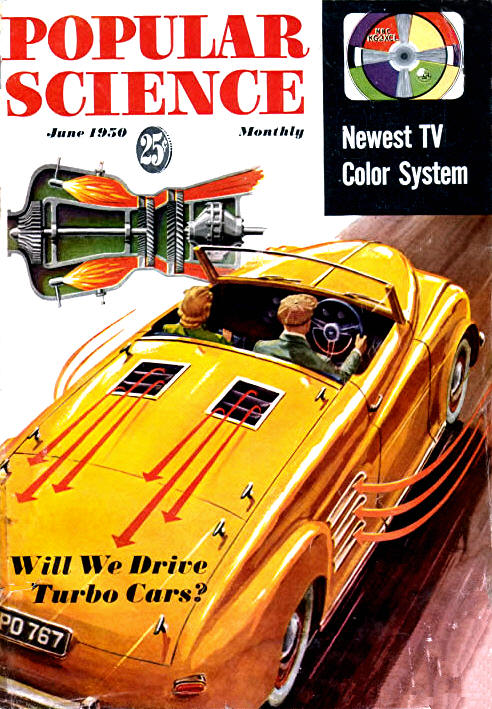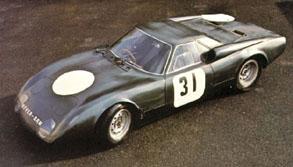Tales of Future Past v2
Main menu
- Home Page
-
Life on Other Worlds
- Life on Other Worlds
- Life on the Planets
- Life on the Moons
- Tales of the Stars
-
Future Living
- Future Living
- Life in 2000 AD
- Leisure
- Shopping
- Drive-In Market
- Cosmetics
- Laundry
- Strikerette
- School: 1999
- Optionics
- Life in 2055
- Future Movies
- Sensorama
- Scopitone
- Radio Pirates
- Weather Control
- Automatic Lumberjack
- Cold Light
- Eternal Youth
- Cryonics
- Suspended Animation
- Space Funeral
- Space Holidays
- Trapped by Television
- Robot Dogs
- Churchill: 1982
- Future House
- Future Kitchen
- Future Food
- Future Work
-
Future City
- Future City
- Skyscraper World
- Tomorrow's Skyline
- Urban Utopias
- World's Fair City
-
Future Transport
- Future Transport
- Rollerball
- Hydrofoil
- Tourism
- Future Liner
- Monorail
- Garden Rail
- Propeller Rail
- Water Rail
- Rocket Trains
- Radio Trains
- Rocket Mail
- Jet Boat
- Desert Liner
- Huge Truck
- Channel Tunnel
- Iron Whale
- Sea Slug
- Sea Slug 2
- Hovercraft
- Ice Field
- Rocket Port
- Vacuum Trains
- Transatlantic Tunnel
- Future Lift
- Travel: 1928
- Concrete Liner
- Teleportation
- Future Car
- Death Rays
JET-1

This is one of those promises about the world of tomorrow that had everything going for it, yet never went anywhere. During the Second World War the jet engine went from an intriguing idea to a full-
So it wasn't surprising when in 1950 the Rover company unveiled the JET-
Rover was very keen on its turbo car, as it was called, and they had every reason for their enthusiasm because a jet power plant isn't as crazy an idea as it seems at first glance. For one thing, we're not talking about a jet-
And jet engines made the wheels go 'round in a very promising way. On the plus side jet engines,
Provided very powerful acceleration;
Were very good when running at high speeds;
Ran on kerosene, but could burn just about any fuel short of wood chips;
Burned very cleanly with little pollution;
Were smaller and lighter than an equivalent piston engine;
Were much more simple than a piston engine, as there was no gear box, carburettor, and fewer moving parts in general;
And were easy to remove, dismantle, and install.
All very well and good, but the jet engine still had a way to go before taking the world by storm because there were a few minuses because the jet plant,
Had to operate continuously at extremely high temperatures;
Required all sorts of exotic materials and manufacturing processes for the turbines, which had to deal with enormous temperatures and stresses.
Used ten times more air than a piston engine, both to burn fuel and to cool the engine parts;
Blew out 100 mph exhausts that could be quite hot;
Was mechanically simpler, but not very efficient;
Didn't work very well at the low speeds that cars travel at most of the time;
Had terrible mileage; six miles per gallon-
- and that's highway; And was sluggish to start because of the need to build up to the high speed needed for the turbines to fire.
Rover BRMBut the Rover engineers felt that these were just obstacles to be overcome and they beavered on, creating several new versions of the turbo car concluding with the Rover BRM racer in 1965. In the end, however, the goal seemed as far away at the end as at the beginning. The dream of roads filled with jet cars remained just that, and JET-
